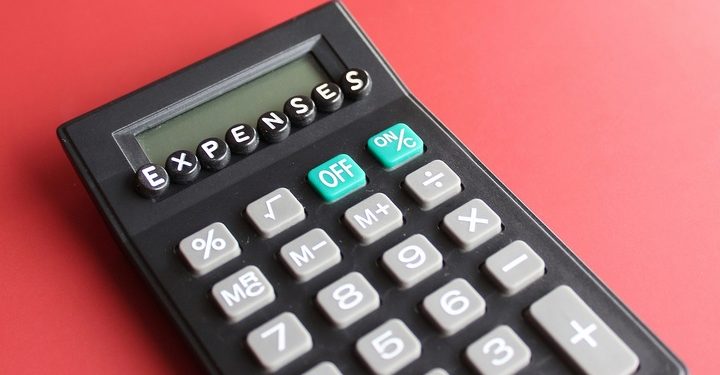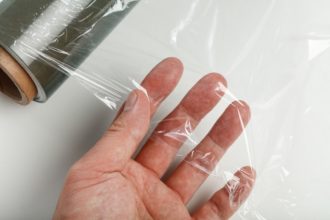What Are SR&ED Eligible Expenses?

The Canadian government’s SR&ED tax incentive program is in place to help companies that conduct research and development activities in the country. Many companies are entitled to participate. It stimulates research and experimentation in manufacturing, science, technology, and engineering research and experimentation, from high-tech to low-tech sectors.
The SR&ED is defined as:
- Basic Research is the undertaking of advancing scientific knowledge without a specific application.
- Applied Research is work undertaken to advance scientific knowledge with a specific application.
- Experimental Development is work undertaken to bring about technological advancement to create new or improve existing products, processes, devices and materials.
SR&ED Eligible Expenses
How do you know if you are entitled to file a claim for your expenses? To be able to take advantage of the SR&ED tax credit program, you must:
- Conduct the claimed R&D within Canada
- Have intellectual ownership of the claimed property
- Have up to date government financial reporting
- Have proof of the expenses through detailed paperwork
- Show the claimed expenses to be incurred within the previous 18 months
Claims are determined by what work was done, when it was conducted, who performed it, and how long it took. Once identified, you can claim these allowable expenditures.
Expense #1: Salary or Wages

Labour that owners and employees are paid to conduct research, including design, engineering, computer programming, testing and data collection, are eligible. Tasks that personnel may be doing to support the SR&ED projects include:
- Administrative and clerical support
- HR
- Technological and long term planning
- Machine operation and other non-specialized work
- Preparing user manuals
- Analysis and experimentation
The time spent advancing technology to improve products or processes by people paid a salary or wage to do it also qualifies for the tax credits. The use of subcontractors directly involved in the eligible work can also be included.
Expense #2: Materials

To perform R&D, you need to have materials to work with. Companies use raw materials, substances, and other resources during the SR&ED process and transportation, storage costs, and supplier expenditures.
Expense #3: Overhead & Other Expenditures

These are specific expenditures that directly relate to the prosecution of SR&ED. This means it’s systematic research and investigation done by analysis and experimentation in the science and technology field. These financial disbursements must also be shown to have not occurred had the R&D not been done. They are also incremental with the expenditures directly caused by the need for facilities and equipment to carry out the SR&ED.
There are two ways to calculate expenditure additions: the traditional and proxy methods:
- The traditional method allows SR&ED overhead and other expenditures to be included in the pool of deductible expenditures and the qualified SR&ED expenditures used to calculate the investment tax credit.
- The proxy method calculates the prescribed proxy amount, representing a notional amount replacing incurred SR&ED overhead and other expenditures. Also, to calculate the ITC, the prescribed proxy amount can only be included in the qualified SR&ED expenditures.
Expense #4: Third-Party Payments

Third-party payments refer to payments made to entities to be used for SR&ED in Canada. It must be related to the claimant’s business, and they need to be entitled to make use of and benefit from the results.
The process to receive a refund takes time. After completing the claim, it will be accepted and taken in for review. CRA has a general holding period of 60 days and then 180 days to process it, as long as there are no errors or more support needed.
Credits may be paid as refundable or non-refundable.
- Refundable: A cheque is issued by the government for the credits after taxes are deducted.
- Non-Refundable: Credits can only be used to reduce tax liabilities from the past or future.
The amount received is directly related to the amount spent on R&D activities conducted in Canada. Companies doing most of their work offshore or those company owners deferring a salary will have fewer eligible claims to be made.
Ultimately, it’s in a company’s best interest to take advantage of SR&ED tax credits if they have innovative, technological projects ongoing or in development. These tax incentives allow you to deduct your expenses over several years and get a tax credit to reduce your payable income tax and a refund for the remaining ITCs. Find a qualified SR&ED consulting company to assist in your claim submission and to help you benefit from these tax credits now and in the future.


